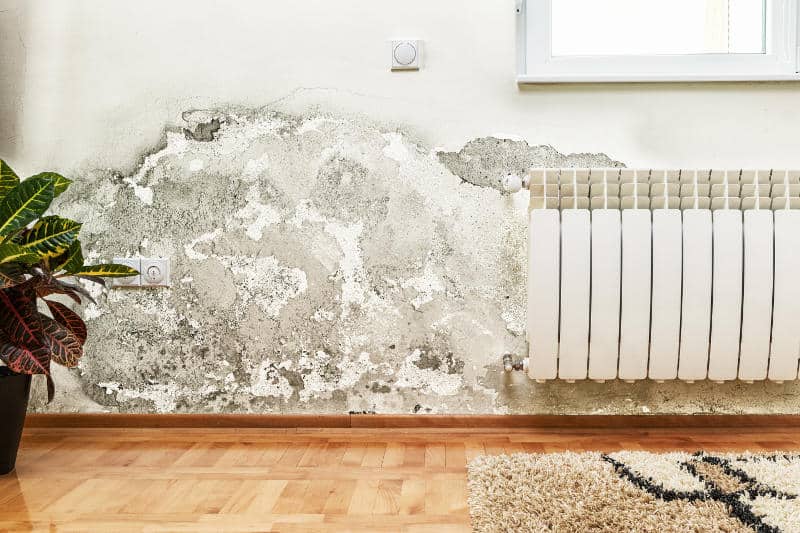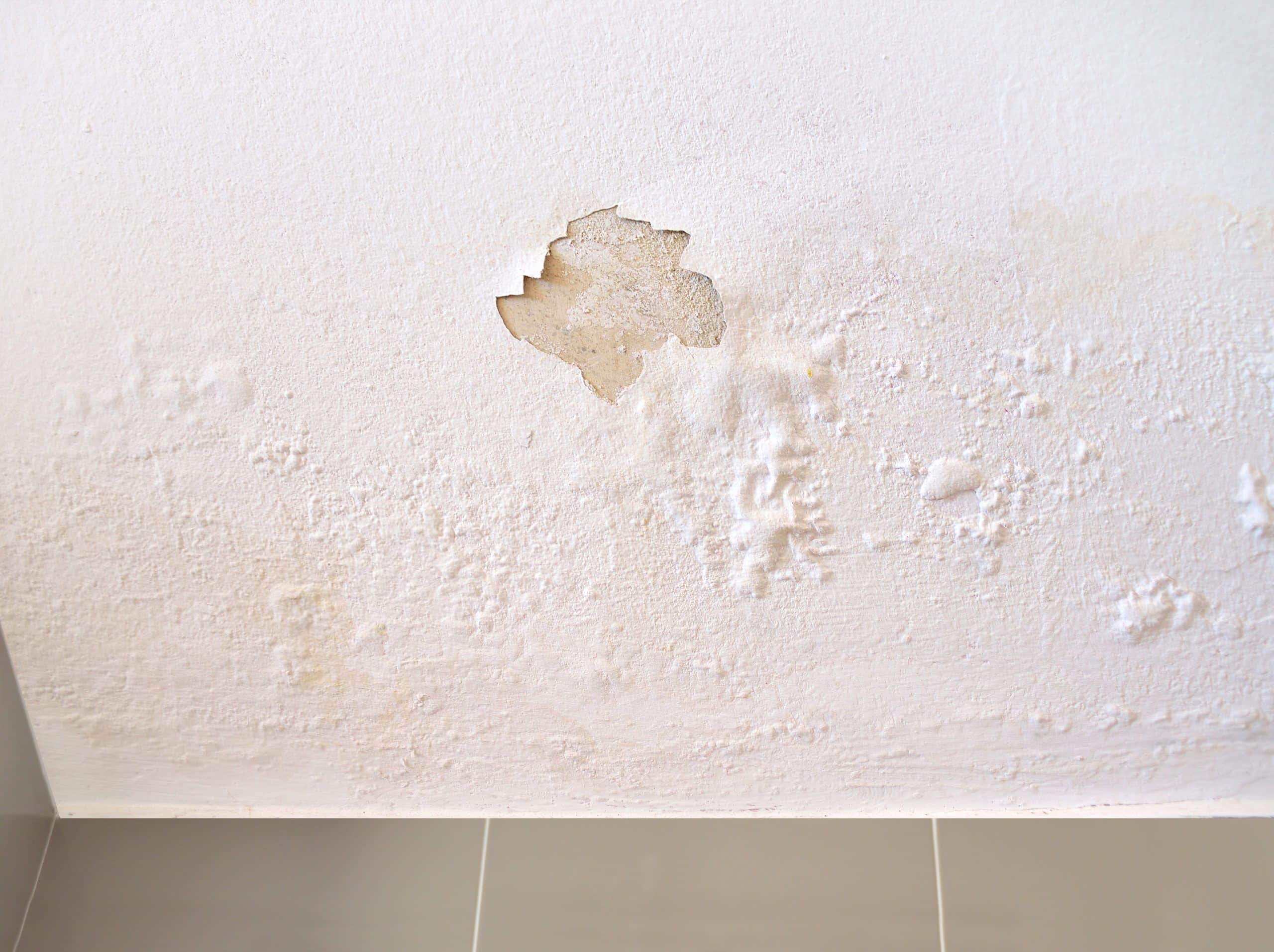Water Stains On Walls - A Homeowner's Guide To Efficient Repairs
Water Stains On Walls - A Homeowner's Guide To Efficient Repairs
Blog Article
Just how do you actually feel with regards to Water Stains on Walls?

Water spots on wall surfaces are not positive to the eyes. Your residence needs to lack stains on the walls, roof, or floors. That is the perfect state of a house as well as its structures. Often it seems practically inevitable to experience water discolorations on wall surfaces in residences.
Homeowners living in moist regions continuously deal with the anxiety of water spots on walls. With exact as well as well-rounded details on the reasons of water stains and also timely repair procedures, you will constantly be an action ahead of such events.
3 Common Sources Of Water Spots on Walls
Contrary to common belief, water spots on wall surfaces do not constantly stem from inadequate building products. There are a number of causes of water spots on walls. These consist of:
Poor Drainage
When making a structure strategy, it is important to ensure appropriate drain. This will stop water from permeating into the walls. Where the water drainage system is blocked or missing, below ground moisture accumulates. This links to excessive moisture that you discover on the wall surfaces of your structure.
So, the leading root cause of wet wall surfaces, in this situation, can be an inadequate drainage system. It can additionally be due to bad management of sewage pipelines that go through the building.
Moist
When warm moist air consults with completely dry cold air, it causes water droplets to form on the wall surfaces of buildings. When there is vapor from food preparation or showers, this occurs in restrooms and kitchen areas. The water beads can stain the surrounding walls in these parts of your house and also infect other areas.
Moist or condensation influences the roof and walls of structures. When the wall surface is damp, it creates a suitable atmosphere for the development of germs and fungi.
Pipeline Leaks
The majority of homes have a network of water pipes within the walls. This makes sure that the pipelines are faraway from the reach of devastating rodents. It always enhances the practicality of such pipelines, as there is little oxygen within the wall surfaces. This prevents corrosion.
A disadvantage to this is that water leak affects the walls of the building as well as triggers extensive damages. A telltale sign of faulty pipes is the appearance of a water discolor on the wall surface.
Water Spots on Wall Surface: Fixing Tips
When dealing with water spots, property owners would normally desire a fast repair. They would certainly quickly understand this is disadvantageous as the water discolorations persist. Here are a few useful tips that will direct you in the repair work of water spots on walls:
Pro Suggestion
A houseplant in your home additionally boosts its moisture. If the home is already humid, you might want to introduce houseplants with minimal transpiration. An instance of appropriate houseplants is succulents.
Conclusion
Although no person wishes to have water stains on walls in their residence, it can occur to the best people. This short article offers you take advantage of, as you now recognize how to manage this accident if it does occur.
It is constantly best to recruit specialist solutions to help take care of the damages in your house.
In some cases it appears practically inevitable to experience water spots on walls in houses.
Contrary to prominent belief, water spots on wall surfaces do not always stem from inadequate building products. There are several reasons of water stains on wall surfaces. The water droplets can stain the bordering wall surfaces in these parts of your residence and spread to various other areas.
Right here are a couple of valuable pointers that will assist you in the fixing of water discolorations on walls:
CHECKING FOR WATER DAMAGE
Water damage can be costly, and it may begin before you even notice the first signs of trouble. Water damage can cause mold and mildew in your walls and floors, which can create an abundance of health concerns for your family. It can also lead to costly repairs of various appliances and general home fixtures. To avoid the pricey consequences of water damage, here are Warner Service’s top 5 places you should check:
The walls – The easiest place to spot the beginnings of water damage is on the walls and ceilings of your home. If water damage is present, there will most likely be water stains, especially around the windows and doorframes, and/or cracks in the drywall. If a stain looks unusual (discolored to brown, black or gray, raised texture), has a swollen appearance or is soft to the touch, contact a professional immediately. The pipes – To avoid water damage, consistently check the pipes in your kitchen (especially the dishwasher and ice maker), bathrooms, laundry room (specifically washing machines) and basement for corrosion, leaks and water stains. Pay special attention to where the pipes connect in your home and the location of caulking around the bathroom fixtures, including toilets, sinks, showers and tubs. Missing or loose caulking and grout could be signs of leaking water. This seepage can also quickly cause mold and rust, so double check your water heater and tank for wet spots on the floor. The floor – Water damage is very easy to spot on the floor. Look for any warping or buckling of the material, especially in the basement. If your home has wood flooring, look for bright white or dark stains. If your home has carpeting, keep it dry and clean. A damp carpet that smells of mold could cause water damage and health problems. To avoid this, consider installing floor pans under your appliances to help prevent damages from small, slow and undetected leaks. The basement and attic – If your basement or attic smells odd check for mold and mildew around the area, especially the valley where the roof meets. While you are inspecting those areas, check for wall cracks, floor stains, rust and dampness in the insulation. If you live in a colder and/or rainier climate, perform routine checks for water damage from melting snow or ice and rain. The exterior – Check the roof for damaged flashing and missing, cracked or curled shingles. There should also be no standing water anywhere outside your home. This could be caused by puddles, leaky rain gutters or hoses, poor drainage, or short gutter spouts. Invest in a sump pump system or water flow monitoring system, and perform routine maintenance on these outdoor appliances to avoid indoor water damage.

I'm certainly very drawn to Indicators of Water Damage Behind Walls and I really hope you appreciated the entire blog posting. Do you know someone else who is inquisitive about the topic? Be sure promote it. I treasure reading our article about How to Remove Water Stains from Walls and Ceilings.
Quote
Report this page